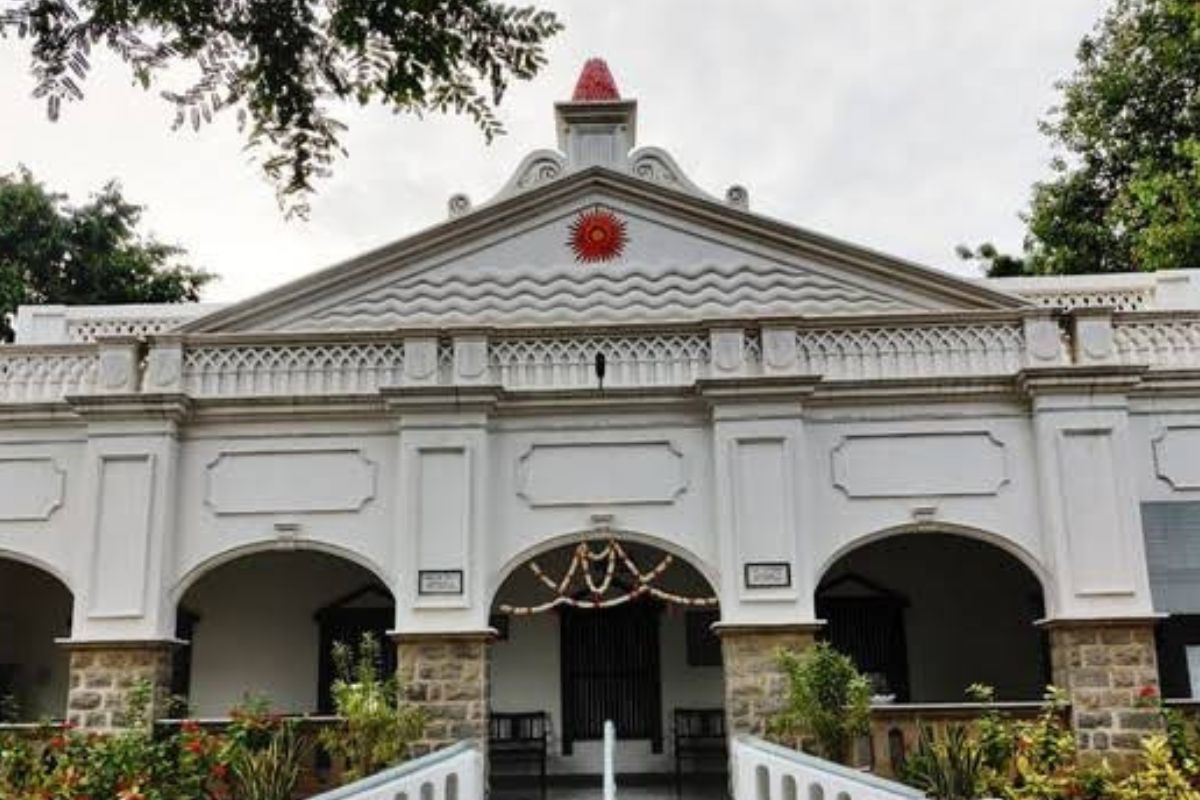The Parsi community of Kolkata, very intrinsic to the social fabric of the city, is set to be in limelight as the community is set to celebrate its New Year, Jamshedi Navroze on 21 March. For the small and ever-shrinking community, the Zoroastrian spring festival holds a special place.
Currently, the population of Parsis in Kolkata is hardly 360 and is an aging community with around 60 per cent over the age of 60. “Not even 25 children are under the age of 21 and a large portion of the community is over the age of 80.The oldest person is 102,” says author, philanthropist and sportswoman, Prochy Mehta.
Advertisement
This Sunday is special for the community and anyone related with it as Vibha Mitra, who deals with heritage and textiles, is curating an evening ‘Bawas, Bhonu and Gupshup’, which is about the intangible heritage that can be felt, heard, smelt and importantly for Parsis -tasted. Vibha is holding the event through Own the Past, a gurukul vertical.
There would be a conversation on the book ‘Who is a Parsi? by Prochy. The book busts the common myths about Parsis, their origins and their presence in India. The evening will end with ‘Bhonu’. But not before Cyrus Madan and Noomi Mehta, two stalwarts of the community in Kolkata regale with anecdotes and funnies.
Prochy is also the author of the book Pioneering Parsis of Calcutta. Sharing some interesting details about the community, she says, “Rustomji Cowasji Banaji was the founding father of modern Calcutta. He set up the Calcutta University, was founder of Corporation of Calcutta and the owner of Khidirpur and Salkia docks. During his time, the houses in Calcutta had thatched roofs. Many houses were destroyed in a massive fire (in the 1800s). From his own money, Rustomji Banaji replaced the thatched roofs with brick & mortar ones. He had enormous contributions to the city, but it is a disappearing community now. The Parsi community has decided to exclude, rather than include. All children from interfaith marriages were not accepted. More than 50 per cent of the marriages are interfaith now but it accepts only the men’s children and not from the women.”
Prochy says the community was increasing until 60 years ago but for the changing views of the community.









